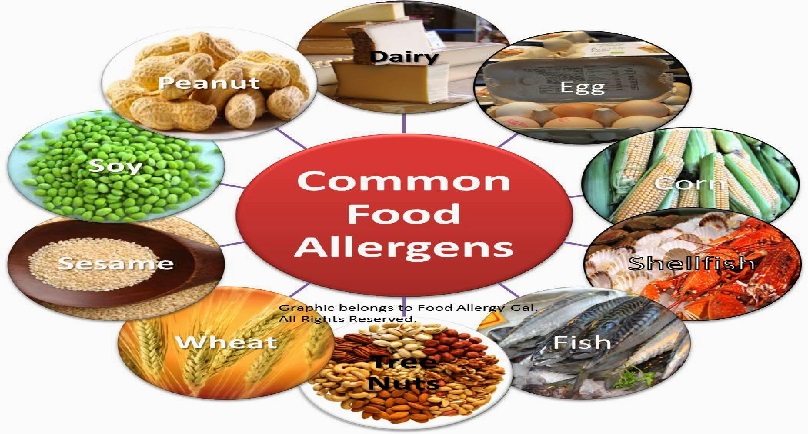By Samantha Semoso – EMTV Online
A food allergy is the body’s immune system reacting abnormally to food or drink consumed. FARE (Food Allergy Research and Education) estimates that about 50 million plus people around the world suffer from allergic reactions to food or drink, and one out of every 13 children in the U.S. alone live with food allergies.
These allergies affect the skin, respiratory system, gastrointestinal tract or cardiovascular systems. There are some foods that trigger reactions stronger than others.
Allergies most commonly develop in infancy and young childhood, but can manifest any time, even in foods you have eaten for years.
Allergies are an overreaction of the immune system, misidentifying it as a danger and activating an immune response totally out of proportion to the perceived treat.
Allergies can be genetic, and there’s research indicating that the younger siblings of children with peanut allergies may be at a much higher risk or even guaranteed to have a peanut or allergy themselves, but so far, there are no hard and fast rules to predict who will have an allergy.
Allergies may become more severe as a person ages; something that’s caused minimal or no allergic responses can range from mild to very severe reaction. Allergic responses can range from mild to very severe, to even life threatening.
The mildest responses include indigestion, stomach cramps or vomiting, and perhaps a rash, with a more severe version being hives, coughing or wheezing, swelling of the tongue, all the way up to potentially life threatening anaphylaxis, which can cause the throat to swell shut, blood pressure to drop dangerously, and can even cause heart failure.
Eight foods make up over 90 per cent of all allergic reactions: milk, tree nuts, peanuts, eggs, fish, soy and wheat, although anything can be an allergen.
The most effective treatment for allergies is to simply avoid the food in question. For children, the most common triggers are milk, eggs, peanuts, and symptoms may manifest the very first time the child is exposed to these foods. For adults, peanuts and tree nuts, fish and shellfish and oral allergies to fruit and vegetable pollen are the most common.
There are several tests allergists can use to determine if you are allergic and to what specifically, by testing for certain food-specific antibodies in your blood, the first and most common one is the skin prick test, in which the allergist administers a small amount of a liquid containing the potential allergen just under the skin to see if a wheal, or small bump develops.
This test is generally very accurate, although the testing process may be slightly uncomfortable, and provide results within about 20 minutes. Blood tests may also be administered to look for the antibodies, although these tests take about a week to process and are prone to being less accurate.
The most accurate test is the food challenge test, in which patients are fed small amounts of suspected trigger foods under strict medical supervision to determine if a reaction occurs. This tests especially useful if blood and skin tests were inconclusive.


